A Record of Flies and Hoverflies in the Garden 2017 – 2020
In 2019 I left it far too late to do a first mowing of the grass. I noticed in the garden a little fly on the daisies growing in the lawn. Just a little black fly I thought. I got down on my hands and knees to take a closer look and saw something quite beautiful. That was the year I decided to let the grass grow without mowing and just cut tracks around the garden for walking.
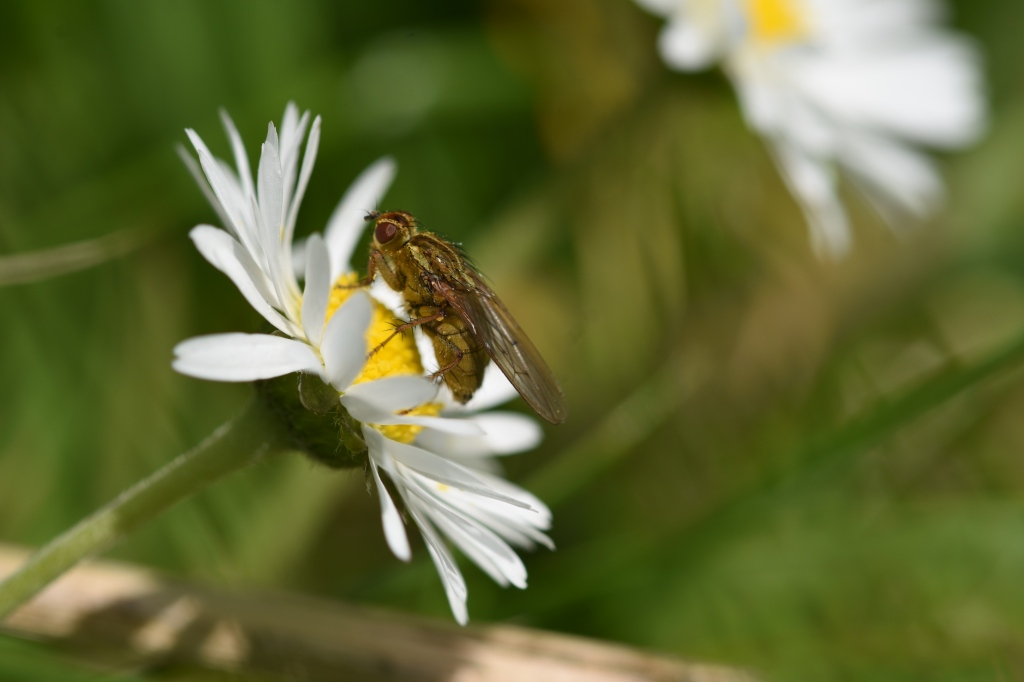
This is a yellow dung fly. A pinprick on the head of a daisy, and yet full,of luminous colour, dressed in jewels like an oriental prince.


We call it a dung fly, perhaps as an indication of where it may be found and maybe therefore disregard or swat it in disgust. But this little fly is a miracle of nature.
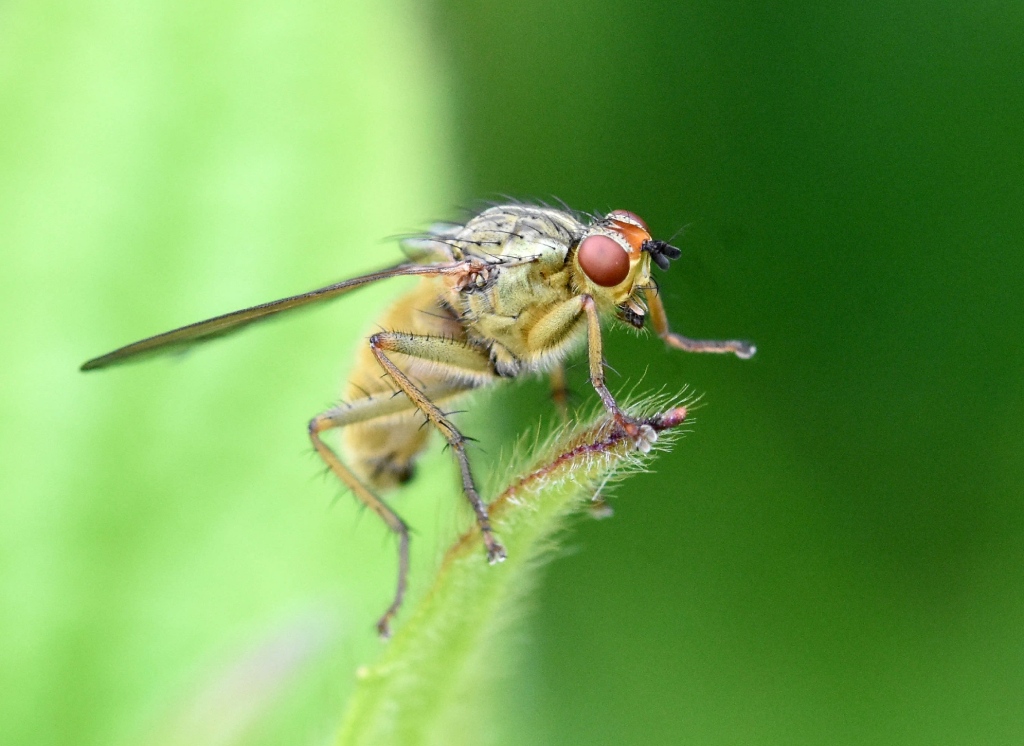

I saw this fly in the garden in the summer of 2019. Usually seen June to August around grazing pastures, and rarely far from water. It caught my eye as I was not aware of having seen one before. Tabanus Bovinus – Horsefly.

Above is a picture of a drone fly, seen after the snow in March 2018. A drone fly is a species of hoverfly which closely resembles a honeybee.
Below: Drone Fly. Photo taken in September 2017 on Panasonic ZX1000



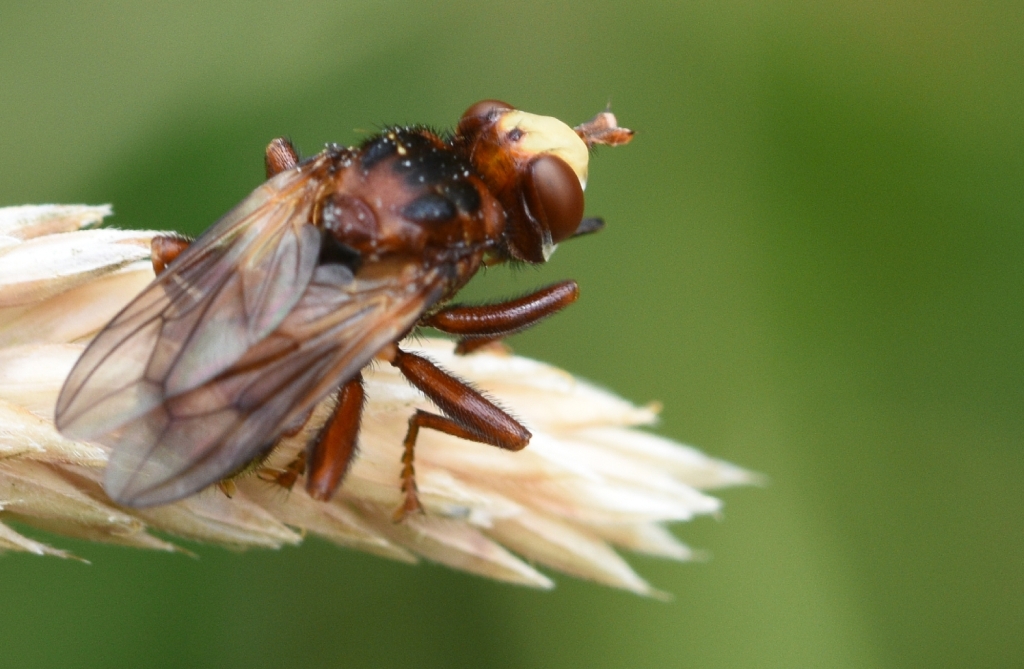

Above: Two photos of a Sicus Ferrugineus. Seen May to September and in my garden in the summer of 2018.
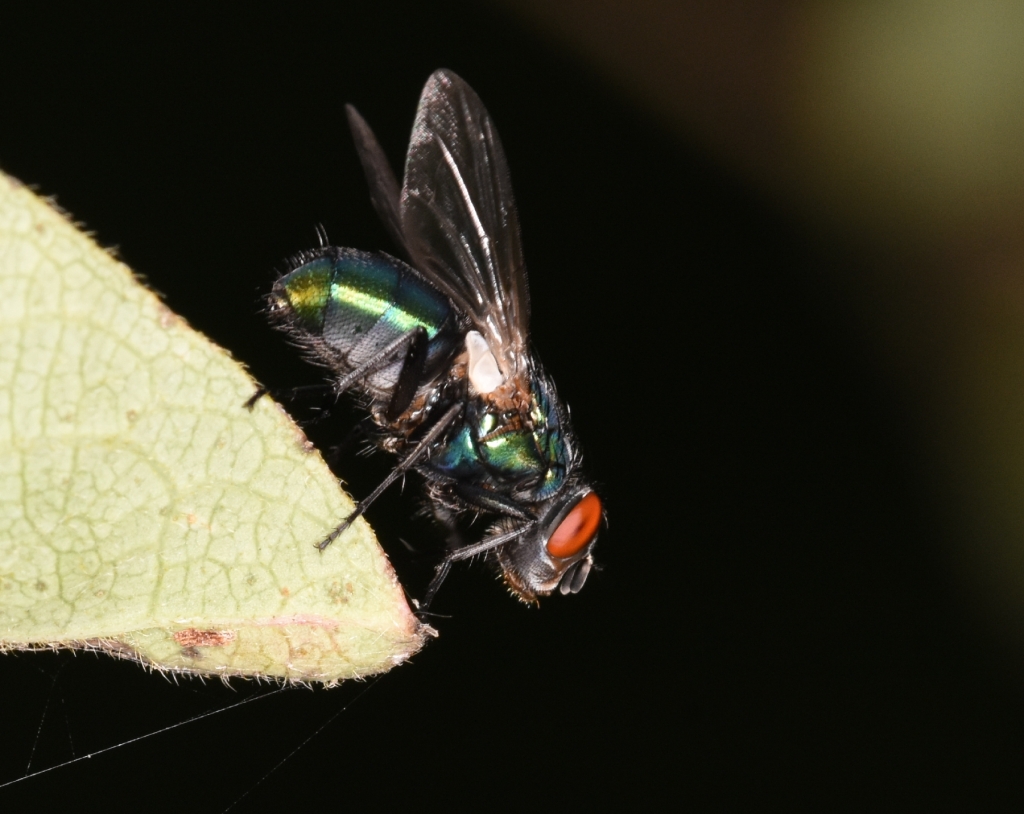
Above: a Greenbottle photographed in the summer of 2018
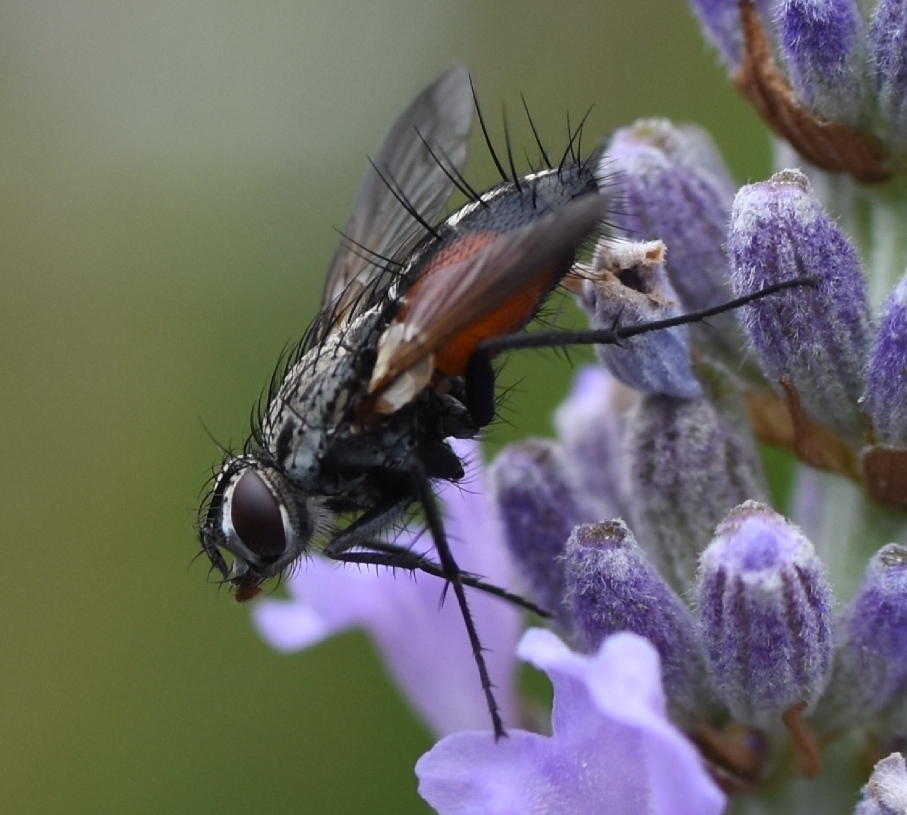
The above is Tachina Fera. It is of the family TACHINIDAE. These flies are all parasitoids, which means that the larvae grow up inside other insects. The Tachina Fera parasitises various caterpillars. Seen 2018.
Below is a photo of Bluebottle. May 2019.


Above and below: A Flesh Fly photographed in the garden August 2020.
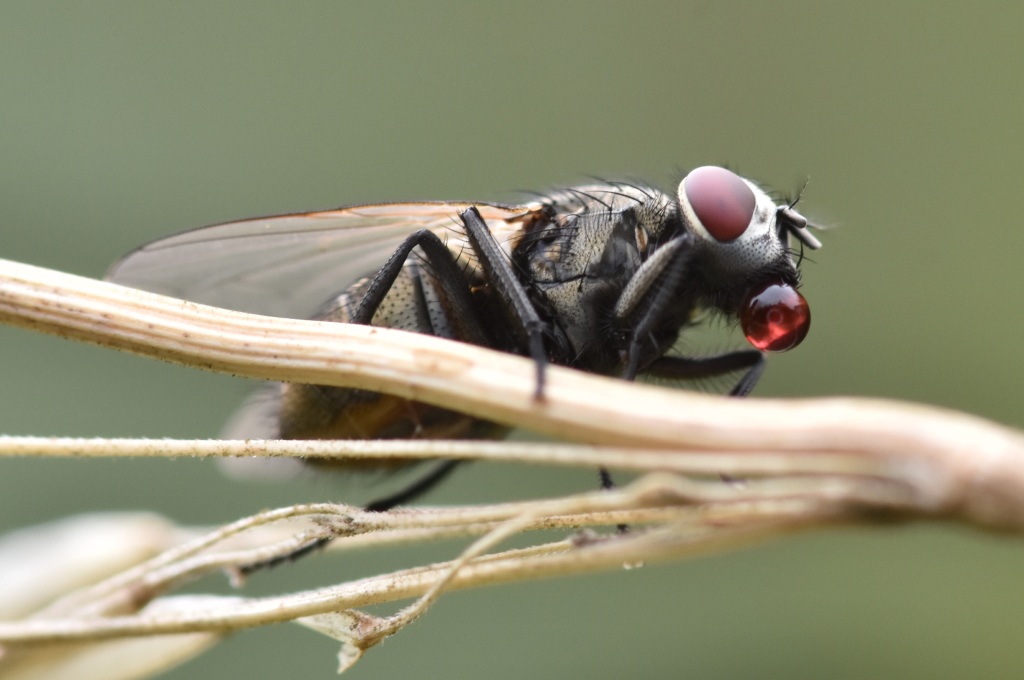
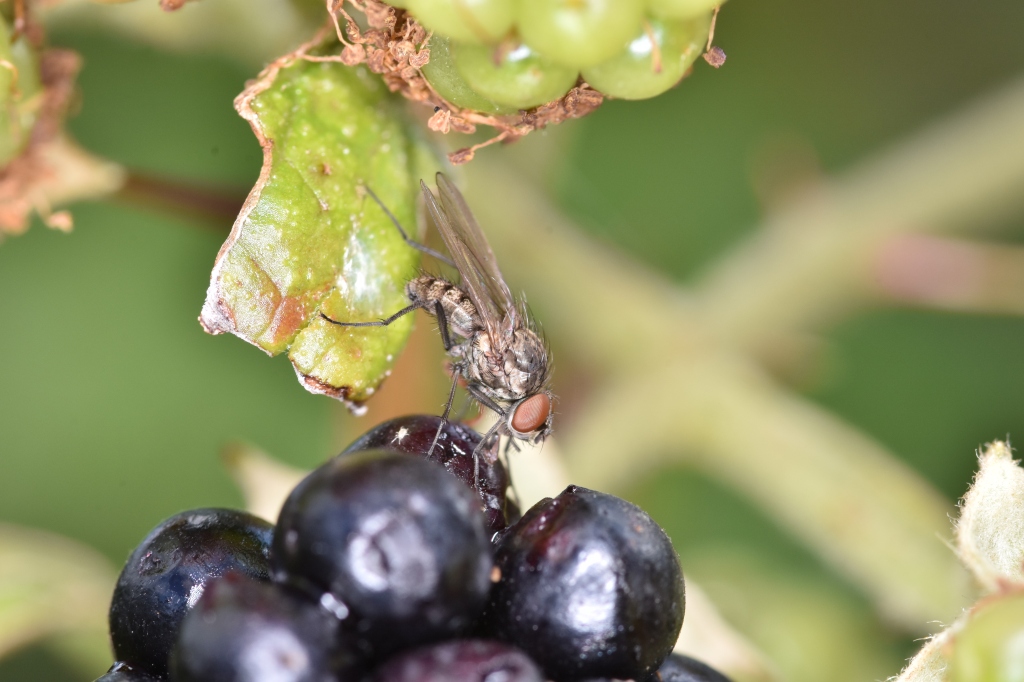
Above is a picture of Graphomyia Maculata, a fly seen May to October mainly on waterside flowers. Photographed in 2020.

Above is a Sericomyla Silentis. This is a hoverfly.

The above looks like it could be Gonia Divisa which appears March to June in grassy places. A parasitoid it parasitises the caterpillars of various noctuid moths.

Not able to identify the above, though it could be a lesser houseful.
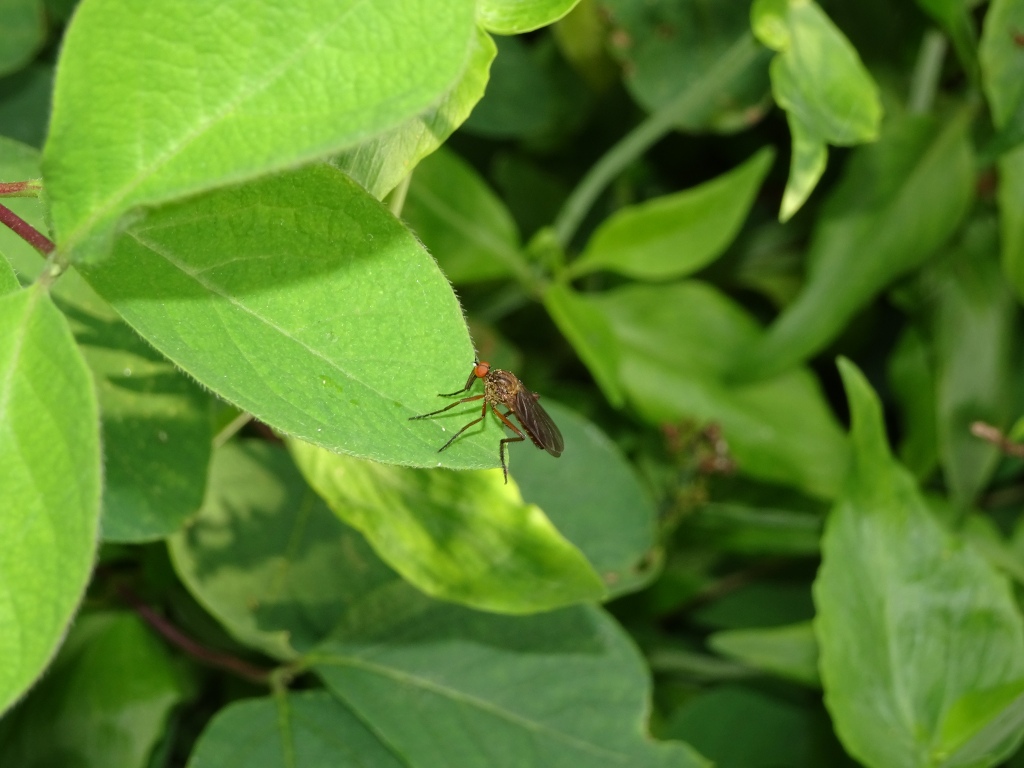
Again not sure of the identification of the above, but it could be related to Sepsis Fulgens.

Above : This could possibly be Melanostoma Scalare. It could be some sort of Sawfly.

Above: A Eupeodes Nitens. May to September. A Hoverfly.
And below: Another difficult to identify
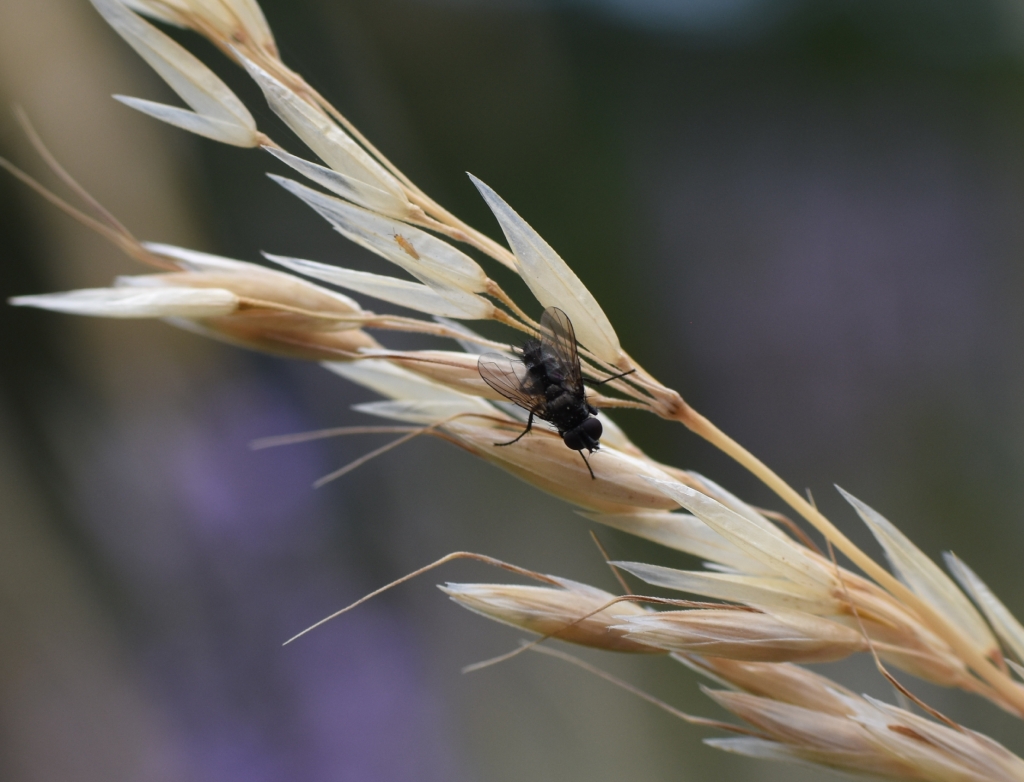

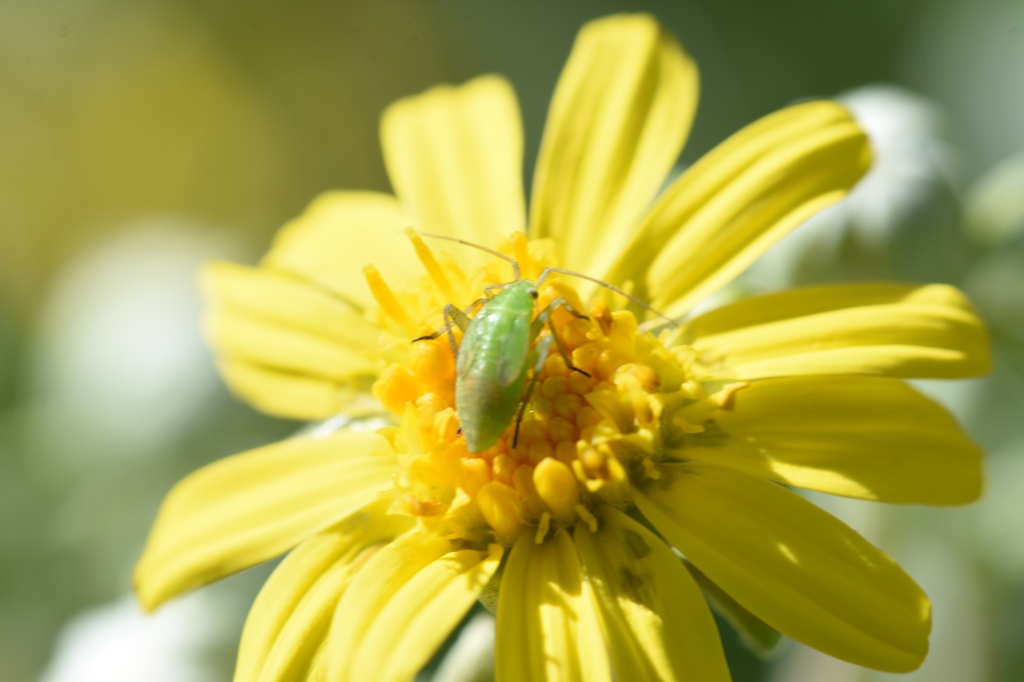
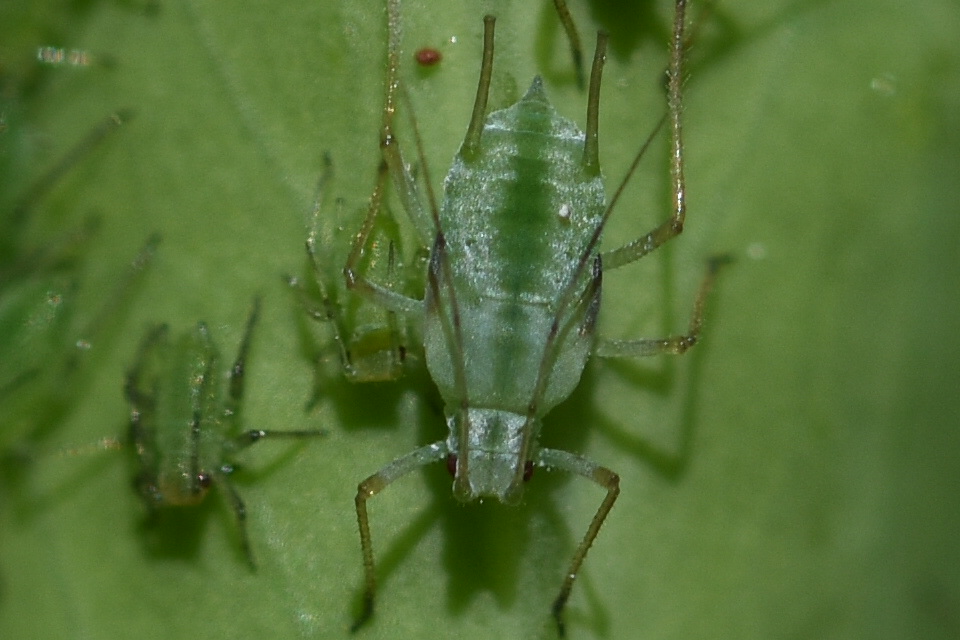
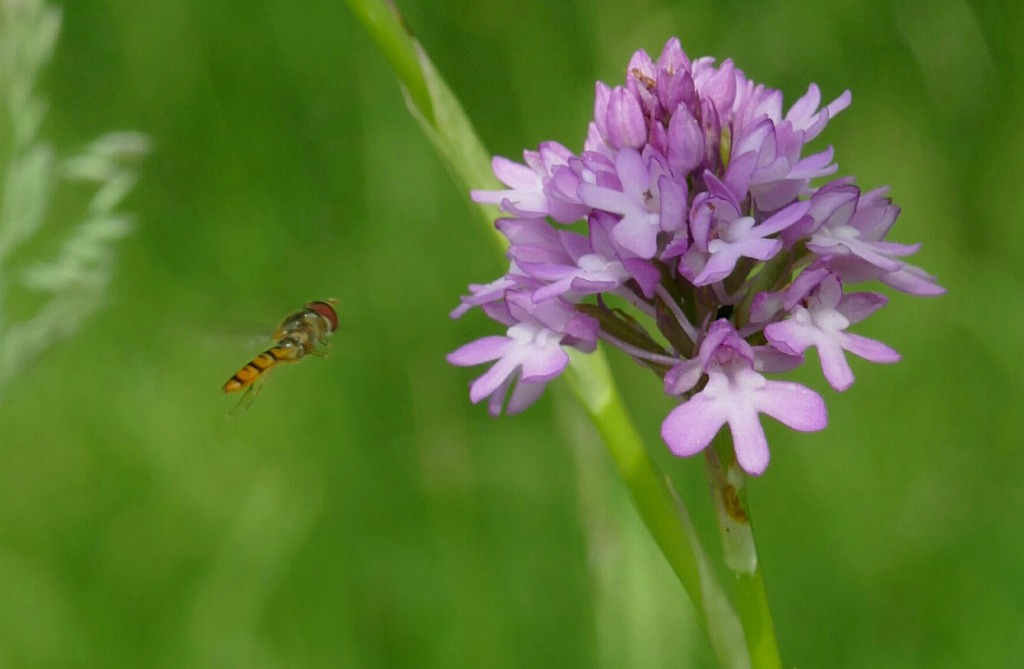
Above photographed in June 2017 – Sphaerophoria Scripta. A hoverfly appearing May to October. The larvae feed mainly on aphids.

Above: This looks like Volucella Inanis. It is a hoverfly. Seen July to September. Its larvae live as scavengers in the nests of wasps and hornets.
Below: March 2021. Of the species Pallopteridae – Flutter fly, on account of them fluttering their wings alot. Very small photographed on Euphorbia. Very difficult to get an angle to photograph. Very obliging. But took its chance to fly away when I wasn’t looking. Thought at first it might be a micro moth due to the mottled wings. Blue body, reddish eyes.


March 15, 2021 at 11:58 am
Wonderful pictures, Nicky, you must be quiet as you creep up on the insects!
Ann xx